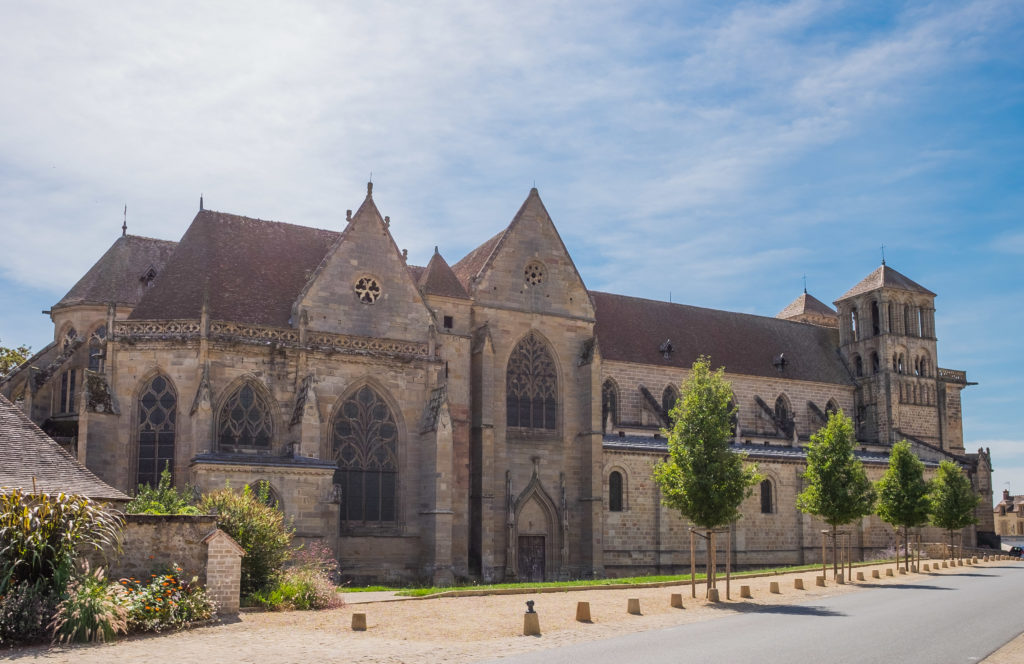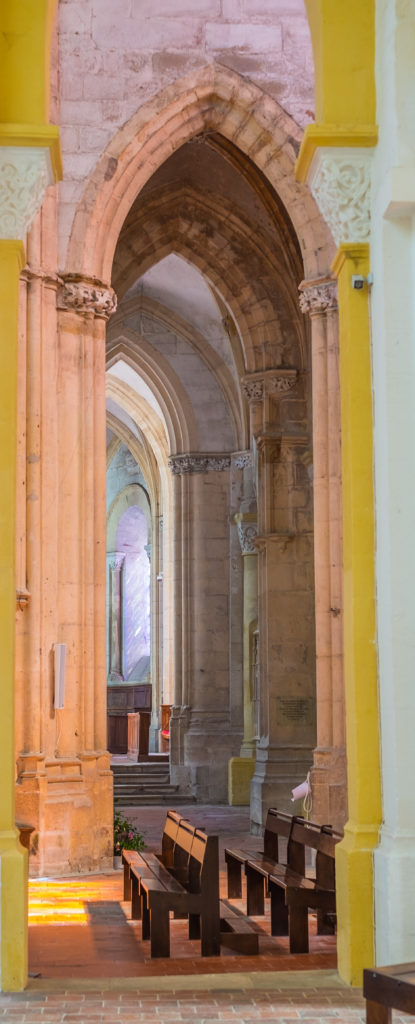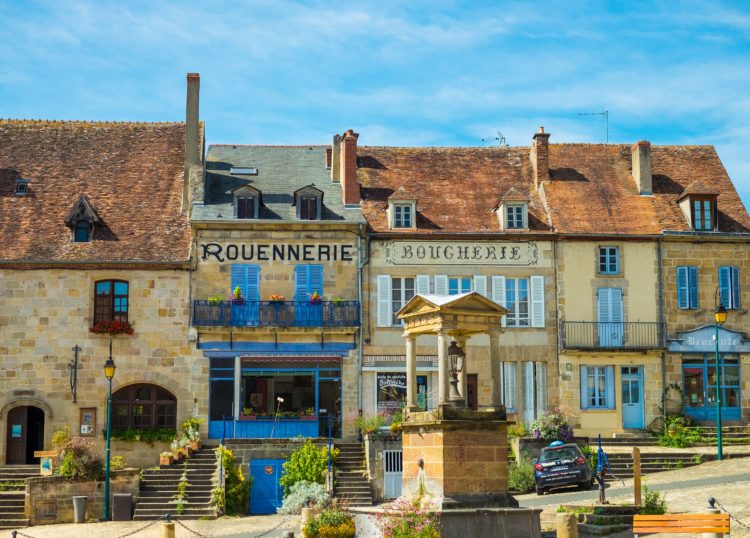Souvigny à l’honneur
Every year around this time, the France 3 television network invites people to vote on the "most preferred village in France". (Last year, the winner was Cassel, up in the north near Dunkirk and the border with Belgium.)
When the candidates for 2019 were announced this week, I was thrilled to find Souvigny among the 14 nominees -- it's there as the representative of the Auvergne in the deep heart of the country, and it's easily one of the most photogenic and historically interesting places I've had the fortune to visit in recent years.
You can vote yourself for your own "most preferred village". Just click here and you'll go to the France 3 site, where you just click on the picture of the town you like best, then scroll down and click the "Etape suivant" button to register your vote. (They don't ask for any personal information, so it's really easy to vote. The process ends on March 21st, and the winner will be announced in June.)
In the meantime, read on to explore this extraordinary little town that lies at the roots of the great Bourbon monarchies that continue to rule in Europe even today....
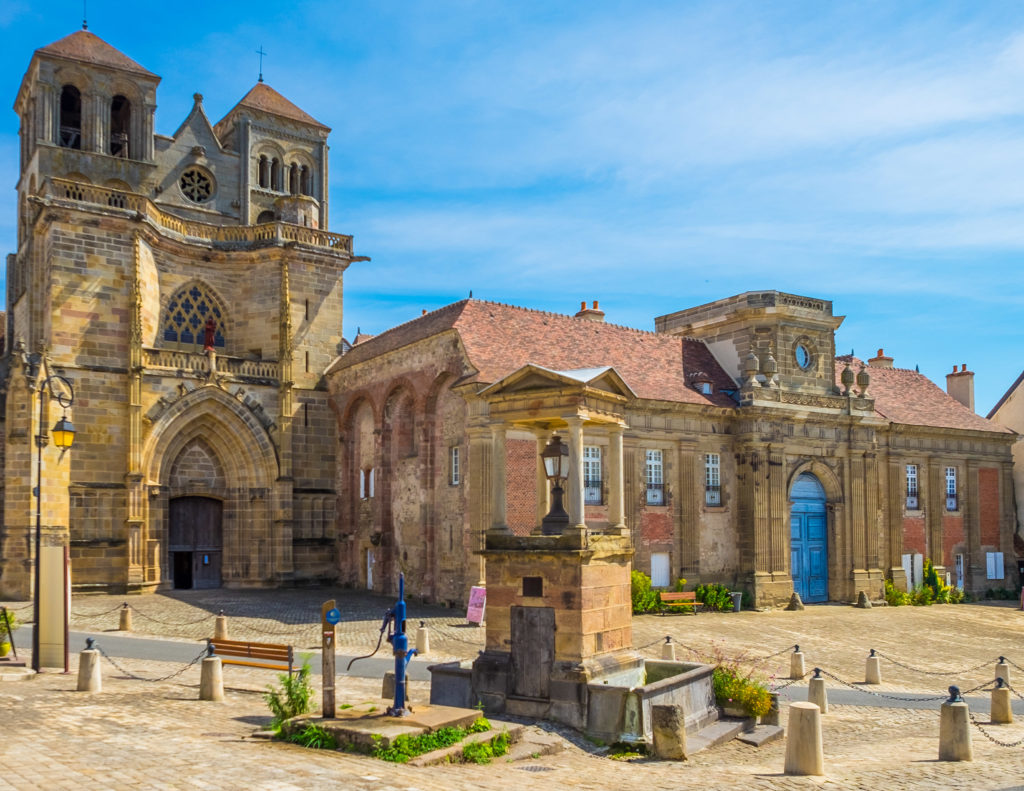
Coming into Souvigny
I roll into Souvigny on a hot summer afternoon and it seems the whole town must be taking a siesta. The funk of rich vegetation moldering in the sunlight reminds me of an August afternoon on a farm in Virginia. A couple, murmuring in German as they walk toward one of the old houses, seem to be the only other tourists in town.
A woman, formally dressed in a business suit and white starched blouse, comes out from the church to a public fountain in the village square, pumps just long enough to fill a small plastic pitcher, and ducks back into the cool of the church’s interior. A car door slams somewhere on a side street; otherwise, at 2:00 on a Tuesday afternoon, this town of just under 2,000 people is taking shelter from the heat rising in waves from the cobblestone streets.
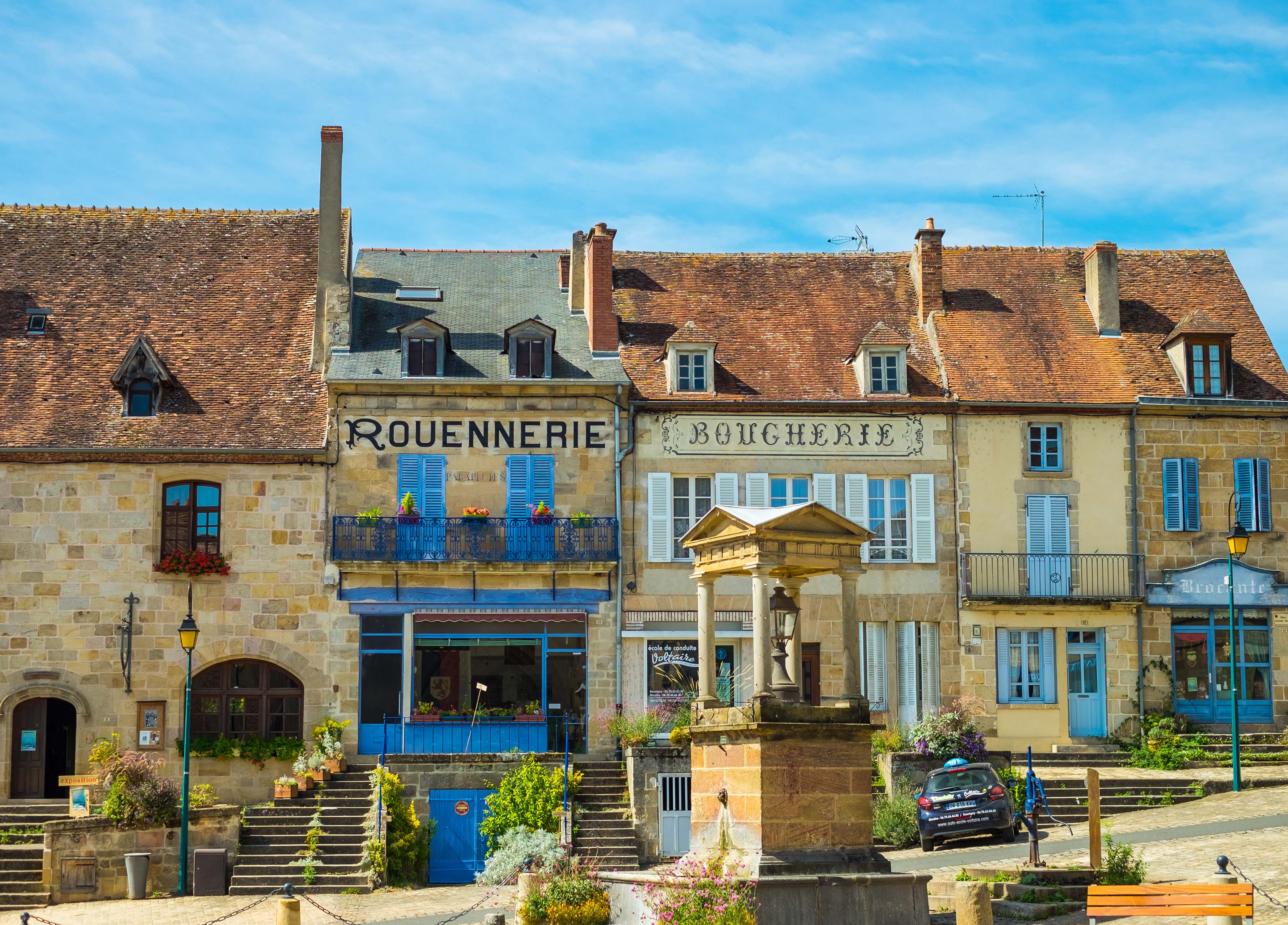
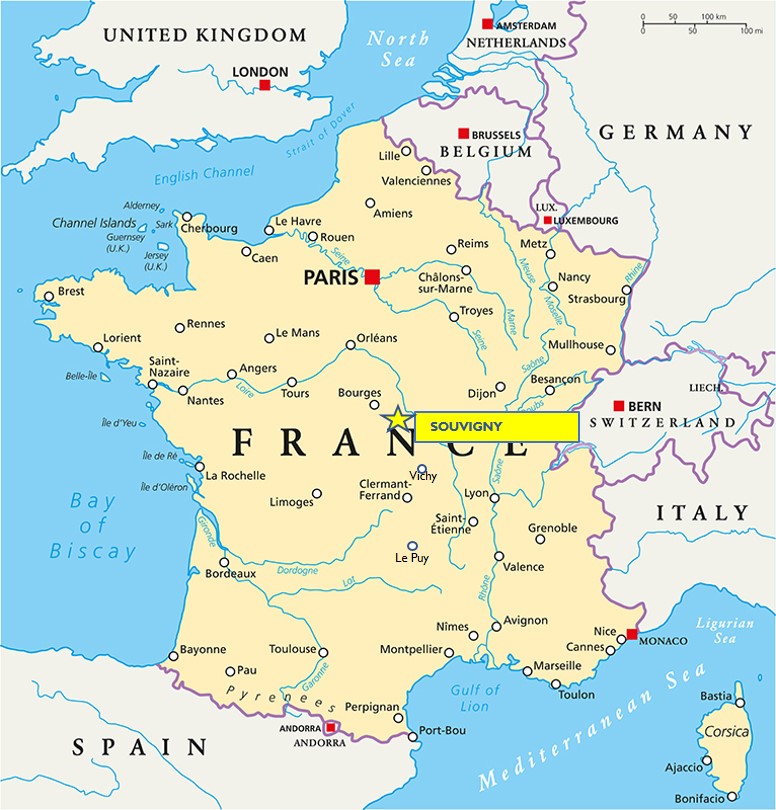
First capital of the Bourbons
We are in the Allier, the ancient region of France long governed by the Dukes of Bourbon. And if the nearby towns of Moulins and Montluçon represent the political power of this family, with their palaces and prisons, Souvigny is the spiritual center of the Bourbonnais. (To be fair: Souvigny was also the first capital city of this noble family. Aymard, the first known ancestor of the Bourbon line, lived here in the early 900s A.D., and the family didn’t relocate its headquarters to Moulins until the 13th century. You can read more about the history of the Bourbons and how they rose to power by clicking here.)
Architecture that grows organically
At the town’s center, you’ll find the largest complex of religious buildings in the Auvergne. Here the Bourbon aristocrats invested in expanding the great network of churches associated with the Abbey at Cluny; here the Dukes and their families came for 400 years to be baptized, married and – inevitably – entombed in the priory church.
Souvigny is one of those places in France where the whole history is laid out graphically in the buildings that remain. Exhibit one: the priory church of St. Pierre and St. Paul. There was a Christian church here as early as 920 A.D., but it began to morph into the giant complex you see today sometime after 1060. A second campaign of building in the 12th and 13th centuries added five more naves, a couple of towers, and several Romanesque chapels. As these structures began to decay, another campaign in the 15th century restored all the main features and added more ornamentation, more great art, more tombs for successive Dukes of Bourbon. Beginning in 1769, another building – a Baroque sacristy – was added on to the front of the great church.
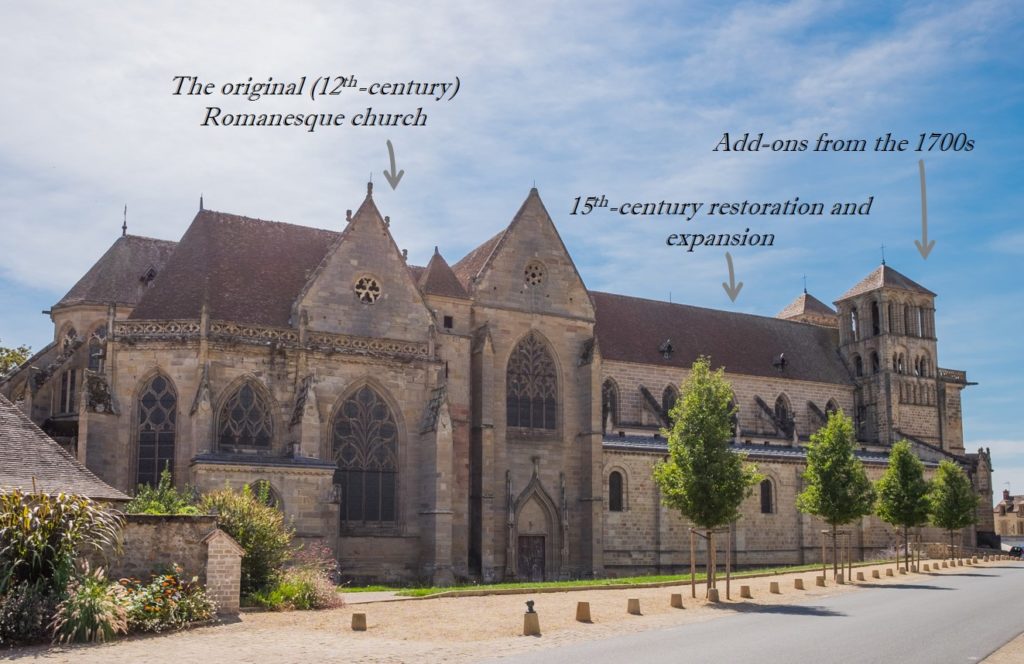
Gardens and the Museum
Even with the “cut and paste” of its architecture, the overall effect of this building (now grown to the size of an aircraft hangar) is pleasing and impressive. The cloister next door is also worth a visit to see the private chapels in which the Dukes are buried, as well as an extensive museum collection devoted to the history of the priory. (Also worth seeing in the permanent collection: the exhibits about the great glassworks of Souvigny, which even as late as the 1970s was supplying custom art glasses to Air France for use aboard the Concord. Sadly, the business yielded to economic realities and closed permanently in 1979.)
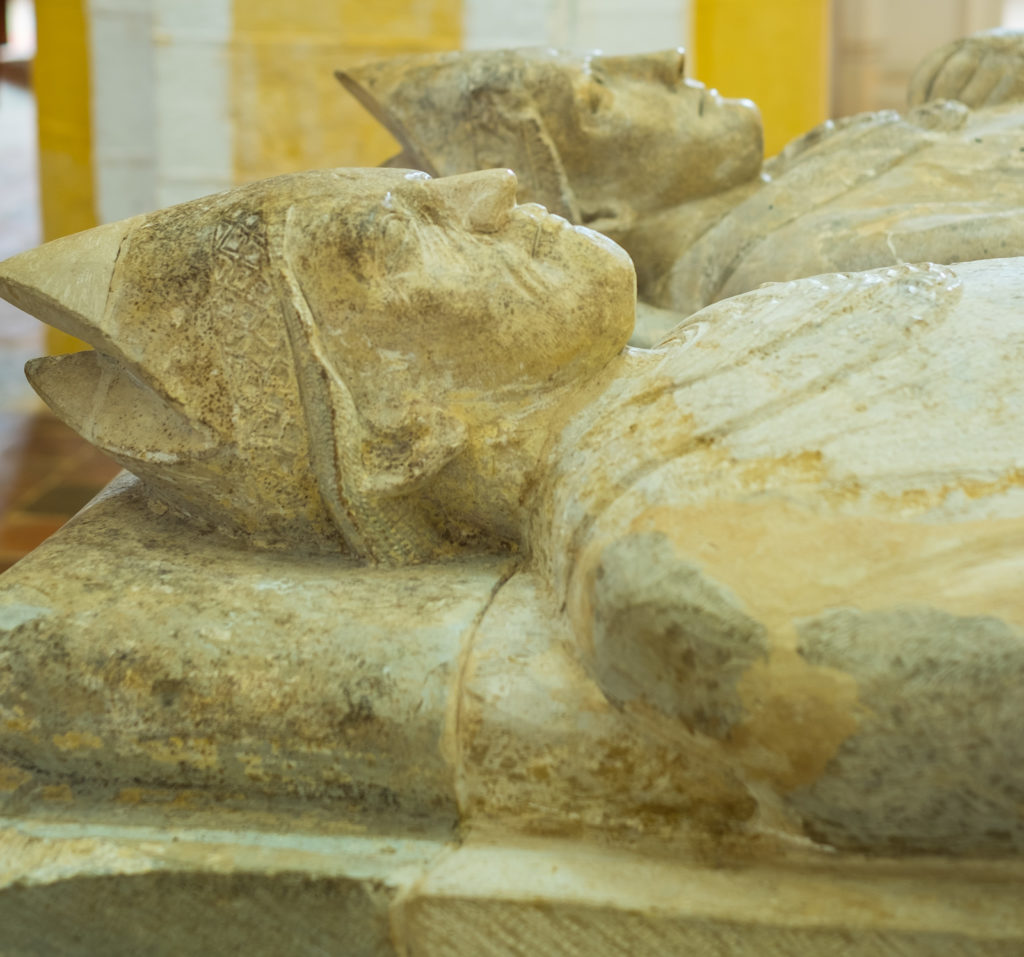
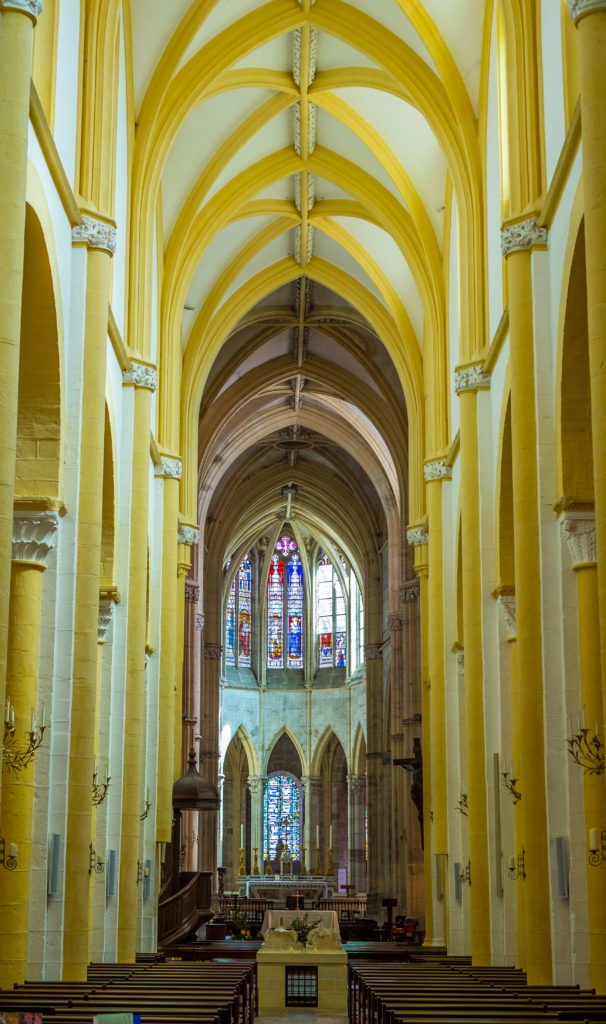
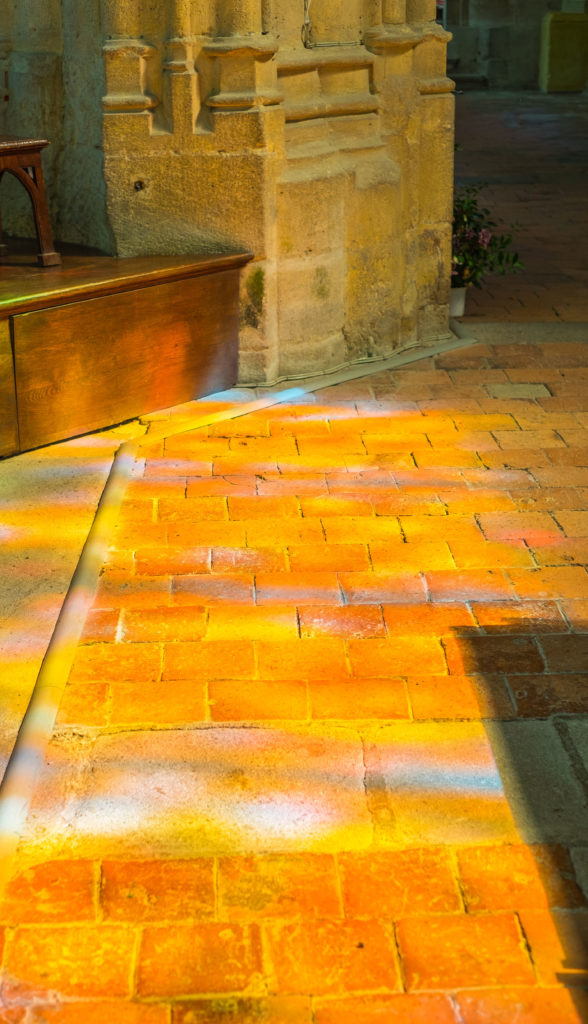
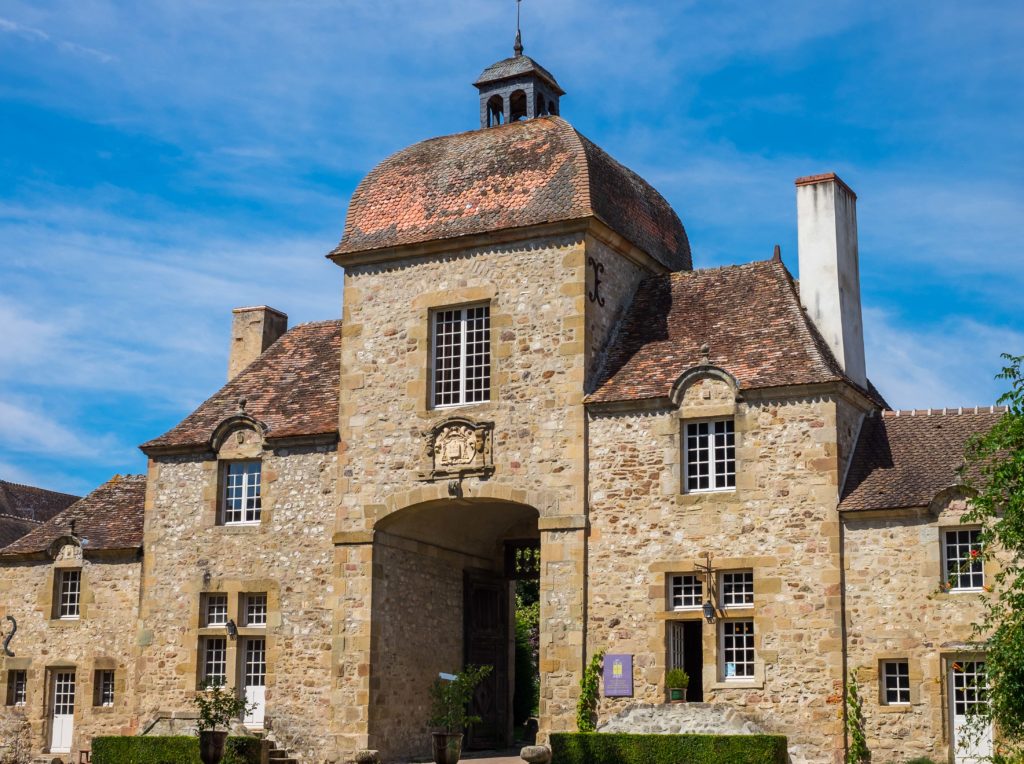
After touring the church and the museum, I recommend spending some time walking the gardens behind the church. Even in the intense heat of summer, the greenery provides a pleasant alternative to baking on the streets of Souvigny’s town center. There’s a chambre d'hôtes with a few rooms for rent and a luxury suite with Louis XIII furnishings and a private garden inside the gates at the back of the church,
and a little herbisterie dedicated to “medicinal plants, essential oils, and fleurs de Bach”. [Fleurs de Bach are a ‘system’ of 38 homeopathic remedies catalogued by Dr. Edward Bach in the 1930s – aspen, for example, to treat “fear or anxiety from an unknown source,” beech to counteract “intolerance”, or vervain to relieve “excesses of enthusiasm and revolt in the face of injustice.” I couldn’t, though, find the one dedicated to stopping profuse sweating and sunstroke!]
Far from tourist centers - but worth the drive
As even the local tourism websites acknowledge, Souvigny is a little off the beaten path for tourists, even for a region of France that itself is not much on the radar of tourists from other countries. But it’s an authentically important and lovely place to spend an afternoon, and my objective on this blog is to introduce you to places and experiences you might otherwise never discover. If you’ve made it as far already as the Bourbonnais, if you’re visiting the great pop music museum in Montluçon or spending an enchanted evening in Moulins, it’s worth a trip up the D945 or the D138 to see this jewel – officially, since 2003, the “great Romanesque sanctuary of the Auvergne”.
What hidden gems have you discovered in your travels around France? What are your favorite “out of the way” tourist sites? Please tell us about them in the comments section below.
I’d be grateful, too, if you’d share this post with others who might be interested in discovering “the deep heart of France” by clicking on the button(s) for your preferred social-media platform(s), too!
